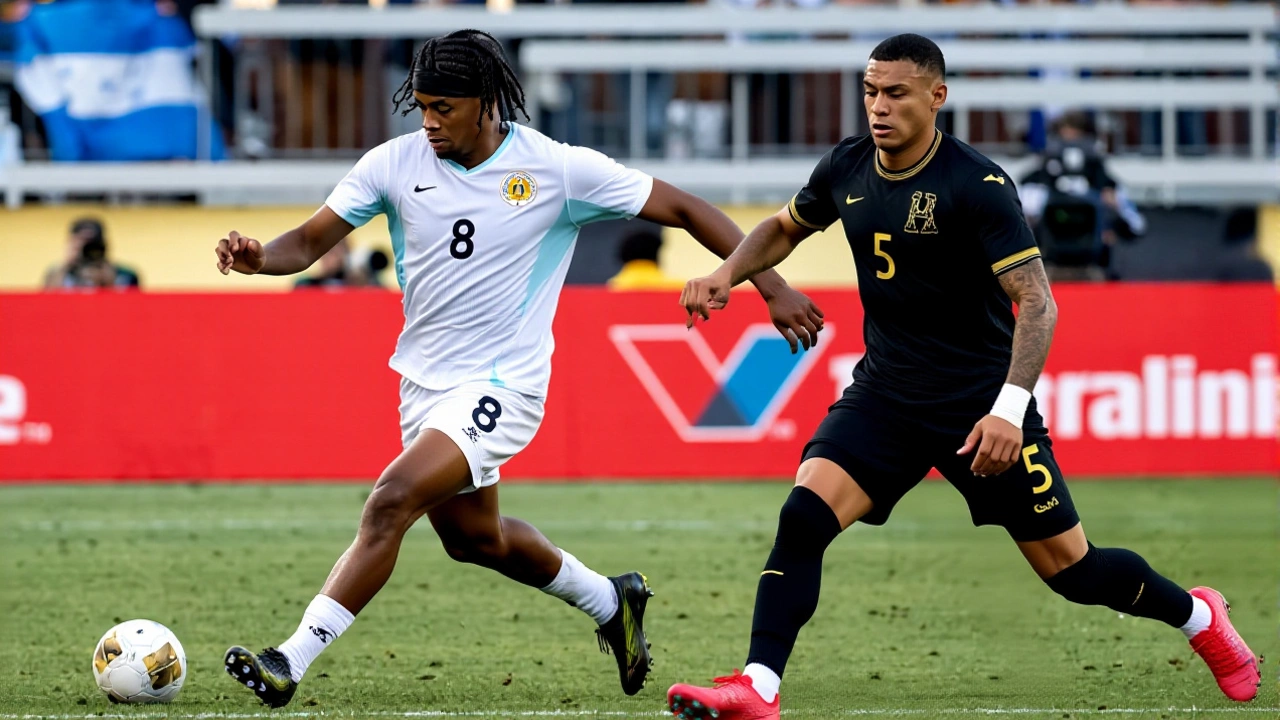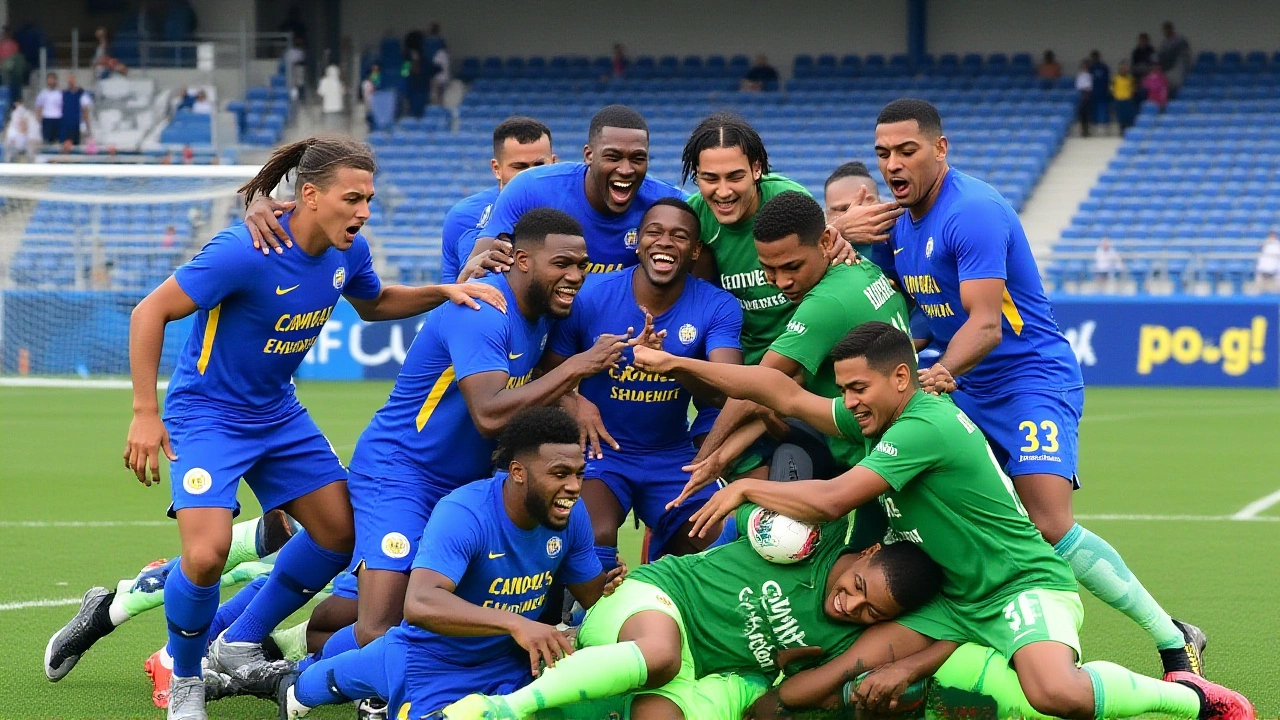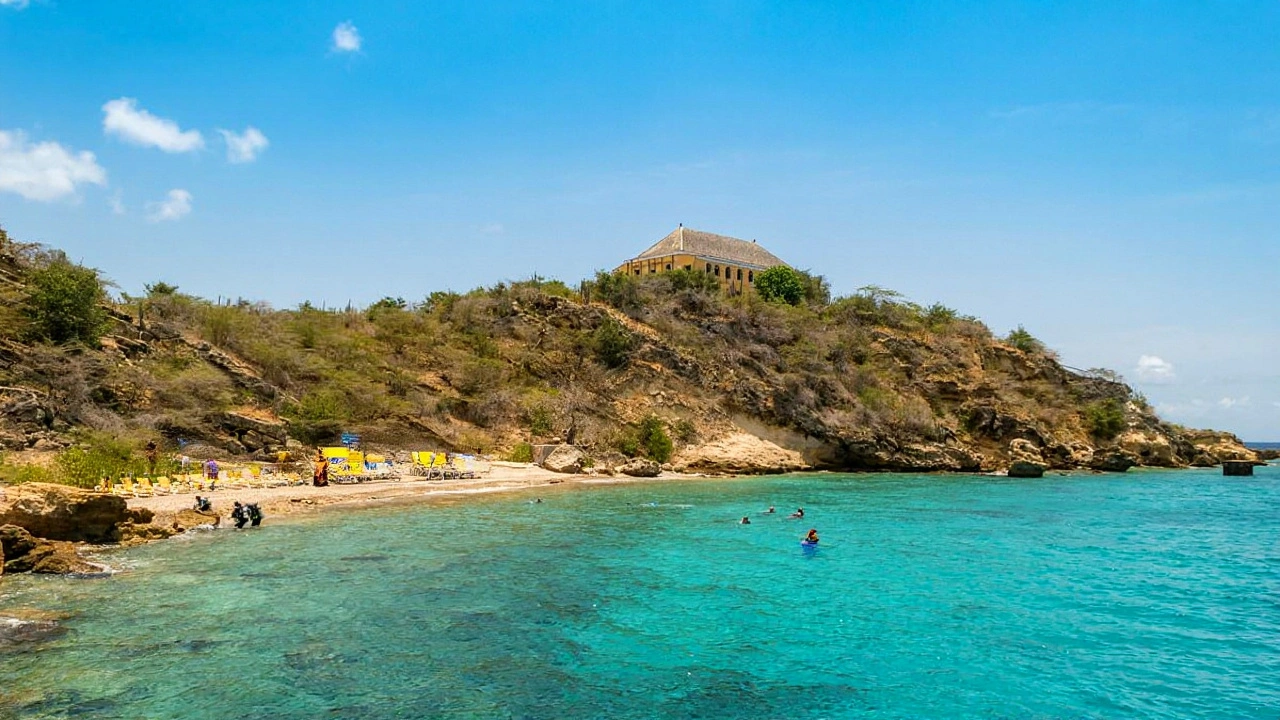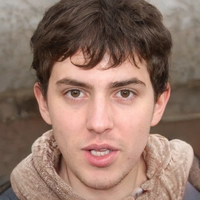When the final whistle blew in St. John’s on November 19, 2024, few outside the Caribbean expected the tiny island of Curaçao to be celebrating. But there they were — 12 points from six matches, third in a tight CONCACAF group, and suddenly, the smallest nation in history to qualify for the FIFA World CupCanada, Mexico, and the United States. Population? Around 160,000. Land area? Just 444 square kilometers. Yet here they are, joining Cape Verde, Jordan, and Uzbekistan as first-time qualifiers in the expanded 48-team 2026 FIFA World CupCanada, Mexico, and the United States. It’s not just a miracle. It’s a seismic shift.
A Nation That Shouldn’t Be Here
Curaçao isn’t just small. It’s a speck on the map, a former Dutch colony with no professional league, no national stadium that holds more than 10,000, and a football culture that thrives on street games and youth academies funded by community donations. Their last World Cup appearance? Never. Not even in qualifying. Until now. Their group — Jamaica, Trinidad and Tobago, and a fourth unnamed opponent — was supposed to be a gauntlet. Jamaica, with its MLS talent and regional pedigree, was the favorite. Trinidad had the pedigree. Curaçao? They were the afterthought.But here’s the twist: Curaçao didn’t win big. They didn’t score five goals a game. They won when they had to. Drew when they needed to. And crucially, they didn’t lose when it mattered. Three wins, three draws. Zero losses. A perfect unbeaten run. They beat Trinidad 2-1 in Willemstad. Held Jamaica to a 1-1 draw in Kingston. Even managed a gritty 0-0 away in the fourth team’s stadium — a result that, on paper, shouldn’t have meant much. But in the end, it was the difference between history and heartbreak.
The Numbers That Define the Miracle
- Population: ~160,000 (smaller than Grand Rapids, Michigan)
- Land area: 444 km² (about one-third the size of Rhode Island)
- Points in group stage: 12 (from 6 matches: W3 D3 L0)
- Jamaica finished second: 11 points
- Previous smallest qualifier: Iceland (population 340,000 in 2018)
- 2026 World Cup format: First-ever 48-team tournament
That’s right — Iceland, the 2018 breakout sensation, was the previous benchmark. Curaçao just halved it. And they didn’t do it with a superstar. No Luuk de Jong. No Daryl Dike. No one playing in Europe’s top five leagues. Their captain? A 32-year-old midfielder who works as a schoolteacher. Their top scorer? A 24-year-old winger who plays for a Dutch second-tier club. This wasn’t about talent alone. It was about cohesion. Discipline. A system that turned underdogs into untouchables.

Why This Changes Everything
For decades, World Cup qualification was a binary game: rich nations with infrastructure and funding, versus everyone else. The gap felt unbridgeable. But Curaçao’s run proves something deeper: when you invest in youth, when you build local identity, when you stop chasing European imports and start developing homegrown grit — even the smallest can rise.CONCACAF’s new format, introduced for 2026, gave more teams a shot. Eight teams in the second round instead of six. More games. More chances. Curaçao didn’t just take advantage — they redefined what advantage means. Their federation spent years rebuilding academies, hiring coaches from the Netherlands with Caribbean roots, and creating a national identity that didn’t rely on imports. They didn’t have money. But they had pride. And that’s what FIFA’s own documentation calls “the most remarkable qualification story in modern football.”
The Ripple Effect
In the Caribbean, this isn’t just about football. It’s about belief. Grenada’s youth teams are already talking about “Curaçao’s path.” Barbados is revamping its academy structure. Even Haiti, long a regional powerhouse but stuck in qualifying purgatory, is watching closely. “If they can do it,” said one youth coach in Port-au-Prince, “then why not us?”Meanwhile, in Africa, Gabon topped Group I with 19 points, while six nations sat on 15. In South America, Colombia, Uruguay, Brazil, and Paraguay were tied at 28 — a four-way logjam for the final automatic spots. In Oceania, American Samoa stunned the region by winning the first-round knockout, setting up a second-round group with New Zealand and Australia. But none of those stories carry the emotional weight of Curaçao’s.

What’s Next?
The road to June 11, 2026, isn’t over. Curaçao will face intercontinental playoffs in March 2025, likely against a team from Asia or Oceania. But their spot in the finals is locked. They’ll play in one of the 16 host cities across North America. Imagine a crowd of 70,000 in Mexico City chanting for a team whose entire national team budget could fit in a single MLS club’s payroll. That’s the beauty of it.Qatar, the previous smallest host, was never a qualifier. Curaçao didn’t just qualify — they rewrote the rules. And if you think this is a fluke, remember: football is the only sport where a village can beat a metropolis. Curaçao just proved it.
Frequently Asked Questions
How did Curaçao manage to qualify despite having no professional league?
Curaçao’s success came from a decade-long investment in youth academies, partnerships with Dutch clubs for coaching development, and a national focus on tactical discipline over star power. Most players are semi-professionals who train after school or work, but they play together in a tightly organized system. Their federation prioritized consistency over flashy signings, and that cohesion paid off in critical group matches.
Who is the smallest nation previously to qualify for the World Cup?
Iceland, with a population of about 340,000, qualified for the 2018 World Cup and became the smallest nation to ever reach the finals — until Curaçao surpassed them in 2024. Iceland’s run was powered by a national obsession with football and a strong grassroots structure, but Curaçao’s population is less than half that size, making their achievement even more extraordinary.
What does this mean for other small Caribbean nations?
Curaçao’s qualification has ignited a regional movement. Nations like Grenada, St. Lucia, and Suriname are now revising their football development plans, seeking funding from diaspora communities and adopting Curaçao’s model of local coaching and youth integration. CONCACAF has also signaled it may create a development fund specifically for small island nations, recognizing that size shouldn’t be a barrier to global competition.
Why is the 2026 World Cup different from previous tournaments?
The 2026 World Cup is the first to feature 48 teams instead of 32, increasing the number of qualifying slots for each confederation. CONCACAF went from 3.5 spots to 6.5, giving smaller nations like Curaçao a realistic shot. The expanded format, combined with a restructured qualifying path, created opportunities that didn’t exist before — and Curaçao seized them.
Will Curaçao’s players get offers from European clubs?
Already, scouts from clubs in the Netherlands, Belgium, and Portugal have begun monitoring Curaçao’s squad. While most players aren’t household names, their discipline and tactical awareness in high-pressure games have drawn attention. One midfielder, 23-year-old Jaron Smeets, reportedly received a trial offer from a Dutch second-division side just days after qualification. The World Cup stage will likely accelerate those opportunities.
What’s the next milestone for Curaçao football?
The immediate goal is to win at least one group stage match in 2026 — something no Caribbean team has done since Jamaica in 2015. Beyond that, the federation aims to establish a professional domestic league by 2030 and join CONCACAF’s elite development tier. Their dream? To be a regular World Cup contender, not just a footnote in history.

